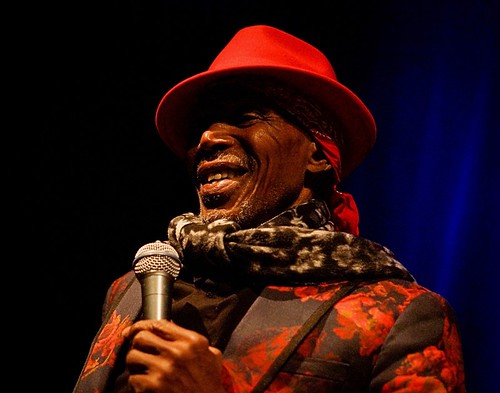Dunkley exposes further shift away from major parties
Dunkley #Dunkley

In Fadden, the 2022 personal vote for Liberal MP Stuart Robert was also about 5 per cent, which would have returned to the ALP candidate Letitia Del Fabro at the byelection in 2023. However, the net 2PP swing to the ALP was minus 2.7 per cent, following a disastrous performance by Anthony Albanese in the Voice referendum campaign and a collapse in his personal support in the polls. So, Labor’s candidate in effect went backwards by 5 per cent plus 2.7 per cent, or 7.7 per cent.
In Dunkley, the personal vote for former MP Peta Murphy was about 2 per cent in 2022. Given her subsequent gritty fight against cancer it’s pretty reasonable to expect that Murphy’s personal vote would have increased and Labor’s byelection candidate Jodie Belyea lost 3.6 per cent of the TPP vote. This means Labor went backwards by a per cent or so compared to 2022.
This is not quite up to the 1 per cent plus Aston result for Labor, but it’s a lot better than the Fadden result of minus 7.7 per cent.
Now, let’s look at the swings, booth by booth in Dunkley, weighted for vote. It’s important to note here that we’re looking at the range of swings, which was around 15 per cent for the major parties.
When we ranked the primary vote swings to the Liberal candidate Nathan Conroy, we found the biggest pro-Liberal swings in booths containing male construction workers, particularly tradies who drove a truck to work. It’s probably fair to conclude Labor’s “Ute Tax” wasn’t a big hit in a seat containing 1½ times the national average of construction workers.
Booths swinging against the Liberals contained more voters aged 40 and above, men and women with bachelor and post-graduate degrees, finance sector workers and the better paid workers generally on more than $200,000 a year. And, I don’t know how to break this gently Nathan, so I won’t, but booths containing lots of Irish-born women didn’t seem that keen on you, either.
Labor’s Belyea hoovered up the top end of town from both the Liberals and the Greens. These included retirees on big super funds, professionals, graduates and post grads and those working from home, along with workers in the creative arts, healthcare or finance.
Those booths swinging from Labor included the tradies and ute men moving to the Liberals and our big mainstream stereotypes of working families and the digitally disrupted workers – those in blue-collar and white-collar jobs most threatened by technological change.
But there were also clusters of swing voter groups, such as 20-something and 30-something families, some with low to average incomes on Family Tax benefits and some in the more aspirational third income quartile, with a smattering of migrants. If Labor loses these voters in 2025, it’s in genuine trouble in its outer-suburban seats across the country.
The Green gains across the booths were pretty non-existent, with maximum booth swing of zero in Carrum Downs Central, but it’s fair to say the party’s losses were minimal among unskilled blue-collar workers. I suspect this was due to the absence at the by-election of One Nation and United Australia Party candidates, who won these demographics in 2022. Their absence seems to have saved the Greens even more serious post-election trauma.
In terms of losses, the Greens basically lost all their higher socioeconomic status voters: the professionals, the post graduates, the scientists, the better paid. They even lost most heavily among their Green 2019 voters. It was a pretty scary list for the Greens really and virtually all of them headed to Labor, to make up for the continued exodus of Labor’s blue-collar workers to the Liberals.
With the core demographics exposed and projected nationally, Dunkley points to a narrow majority for Labor in 2025 and perhaps some Labor gains at the expense of the Greens in sunny Queensland.
Have your say
We are always interested to hear your views on current topics.
Guidelines for how to write an opinion article are here.